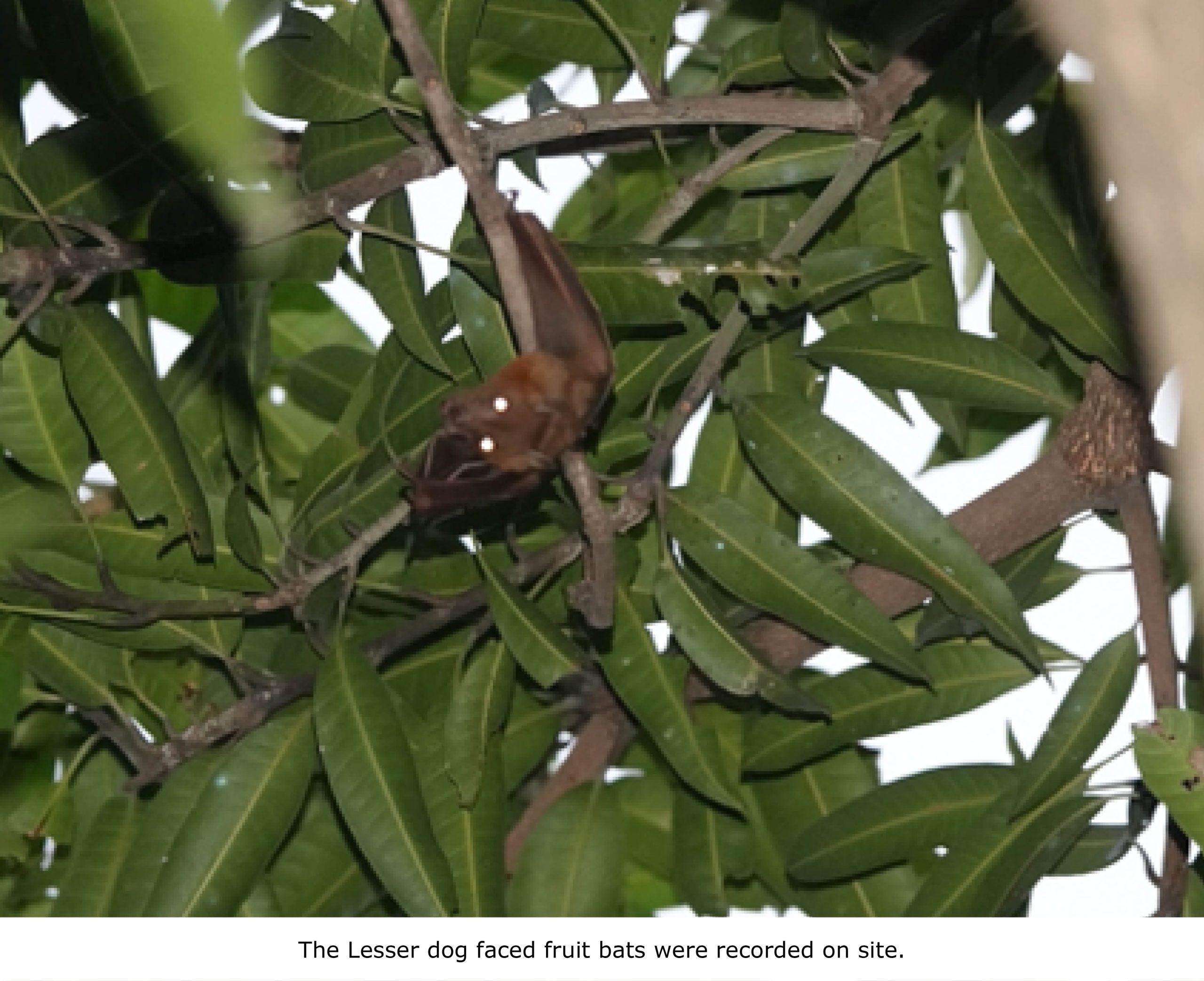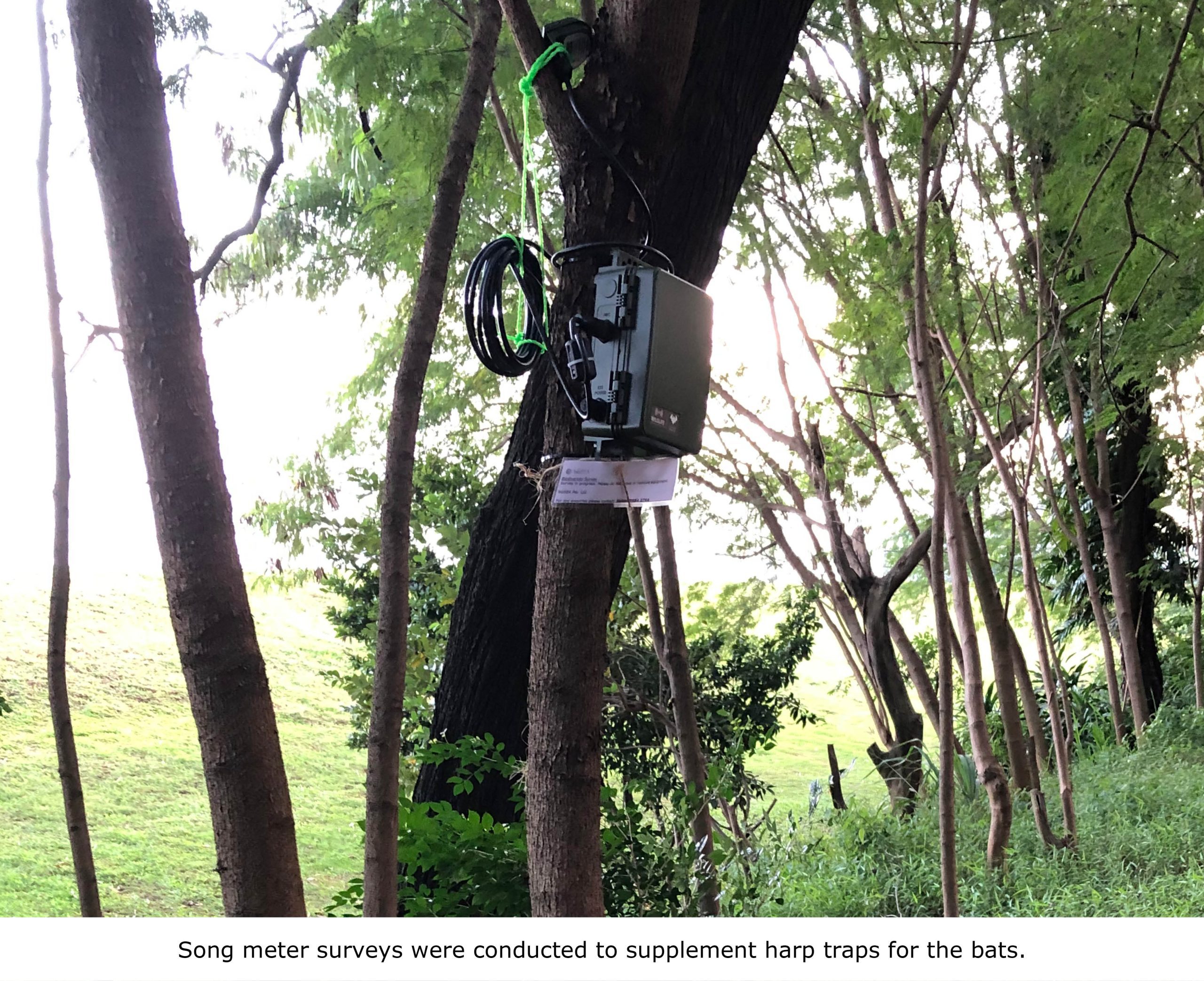-
Lead
Jacobs/Singapore Environmental Consultancy & Solutions
-
Client
Public Utilities Board
-
Location
Singapore
-
Scale
District
-
Service
Biodiversity Survey & Impact Assessment
-
Status
Completed
-
Use
Infrastructure development
-
Year
2022
Pandan Bat Diversity Assessment, Singapore



Project Summary
Pandan reservoir acts as a recreational space and collects raw water that is treated at Choa Chu Kang waterworks for consumption and is adjoined by Sungai Trus Pandan which is a thriving ecosystem of mangroves, mudflats, disturbed secondary forest and a small plantation.
With the threat of growing water levels as a result of climate change, the Public Utilities Board (PUB) intends to build a facility in this area that can not only counteract the effects of sea level rise but also study it in order to better inform management practices.
An Environmental Baseline Study (EBS) was called for to assess a number of environmental parameters to characterise the environmental impact of the development and devise relevant mitigation measures.
bioSEA was engaged to conduct a study aimed to assess the presence and diversity of bats along Sungai Trus Pandan and propose mitigation measures. Both live-trapping and acoustic surveys were employed to gather data. Harp traps were constructed and placed strategically to track the presence of microbats. Visual surveys identified the lesser dog-faced fruit bat as the only megabat species present. Acoustic surveys using ultrasonic bat detectors revealed four micro-bat species: lesser asiatic yellow house bat, Horsfield’s myotis, Javan pipistrelle, and pouch-bearing bat. Micro-bat activity was highest in open areas with palms, near the water body, and along the scrubland edge, while megabat activity was highest in areas with fruit trees. The study concluded that the site had moderate species diversity considering its disturbed habitat conditions, and future development should prioritise habitat preservation to protect the bat populations in the region.
